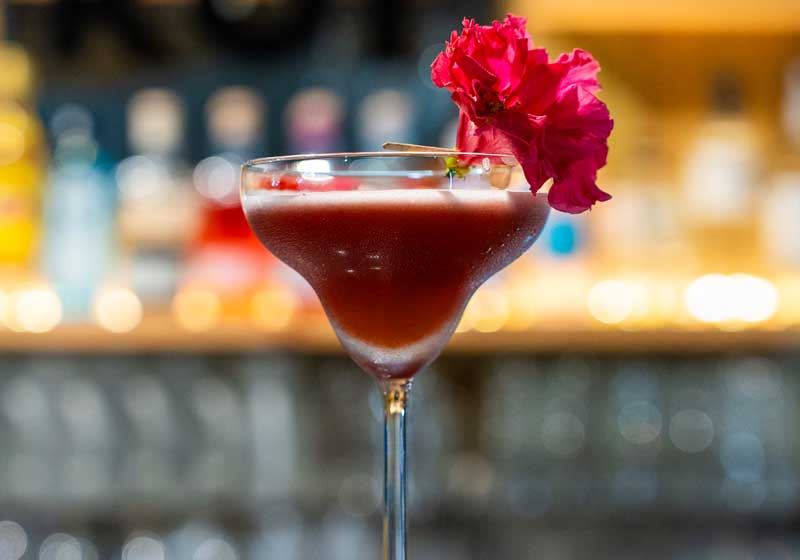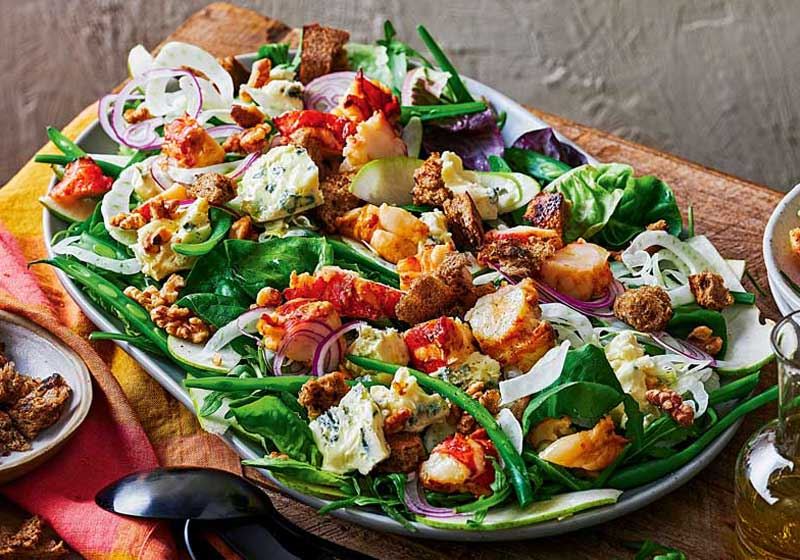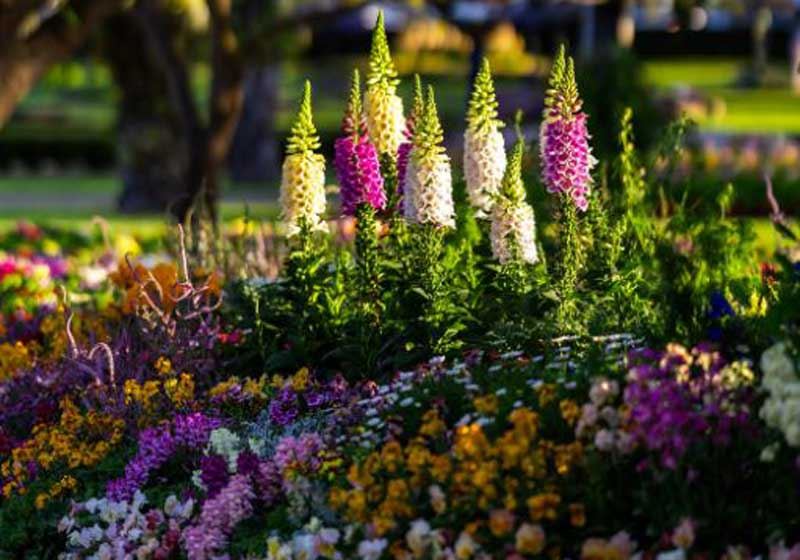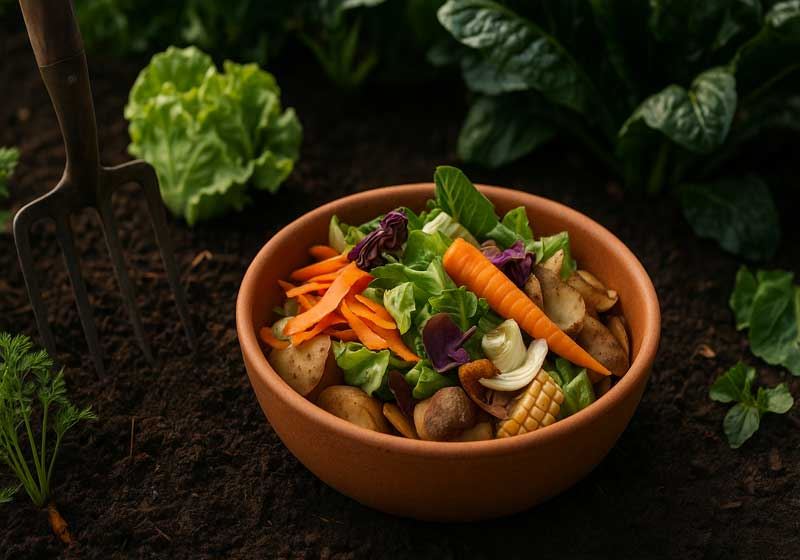By Leigh O’Connor, Editor.
Earlier this year, Texas-based live fire cook, author and TV personality, Jess Pryles, joined the Vivid Fire Kitchen in Sydney as a pitmaster for the second year in a row, leading demonstrations on barbeque, meat and smoking techniques.
We got the chance to go one-on-one with self-confessed hard-core carnivore and ‘meat’ nerd, Jess for this exclusive interview:
Born in Melbourne, Jess’s love for meat and barbeque grew from humble beginnings as a regular consumer who enjoyed the occasional steak at home.

"I was frustrated by my own lack of knowledge on the different cuts available and more importantly how to cook them,” she says. "I spent years education myself on all things related to meat, which eventually led me to become a professional Chef, cookbook author, TV personality and meat scientist.”
She first visited Texas as a tourist about 15 years ago and had her initial taste of American-style BBQ.
"It was a pretty fateful bite, because it ultimately led to me wanting to learn more about how it was made, how to trim briskets and why briskets in Australia were completely different to those I saw in Texas.
"So began a journey down the rabbit hole of meat cuts, butchery, quality and safety. Fifteen years and a graduate certificate in Meat Science later, I think I’ve earned the title of ‘meat nerd’.”
Jess believes American BBQ food is so popular because the idea of taking a big primal piece of beef and slapping it into a huge steel smoker, powered by nothing more than wood and airflow is just so fascinating.
It can be super intimidating choosing the right cut of meat, especially as there is often no standardisation of cut names – we asked Jess how to go about choosing the one that is right for your palate.

"Generally, meat can be separated into two groups – fast-cooking steaks and slow-roasting cuts. A Scotch fillet is a fast cooker, perfect when mid-rare, but a brisket is always going to be a slow-roaster or smoker.
"Your butcher is a great resource and you should always feel free to ask questions at the meat counter.”
As for dry-aging, it is basically controlled decomposition, allowing natural enzymes to break down the protein bonds in the meat, which helps to tenderise it. Jess says it also slowly dehydrates the meat, changing the texture and concentrating the meaty flavour as it’s less ‘diluted’ by water.
"Some dry-aging programs also harness the flavour of microbial growths and molds to enhance the flavour, similar to the molds used in cheesemaking.”
Jess loves a rump cap as a cut that offers good value for money – it’s packed with flavour, has great texture and is usually reasonably priced.
"It’s amazing to smoke as a whole piece to medium rare, or slice into steaks for a rich sump0tuous finish thanks to a generous fat cap.”

For those looking for a sure-fire roast lamb recipe, Jess dishes up her version of slow-grilled Middle Eastern lamb leg, seasoned with kosher salt, garlic and za’atar; try this next time you are contemplating a traditional lamb roast.
As for the most outrageous dish she has ever cooked, you may be surprised:
"Maybe barbacoa? We wrapped a whole steer’s head in cactus leaves and buried it in the ground for 16 hours until the meat was tender. I suppose that actually does count as pretty outrageous!”
We finish our chat with a secret confession from this meat-loving Aussie…her secret shame is that she orders vegetarian pizza…with pineapple.








